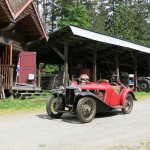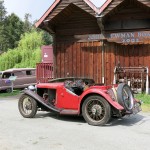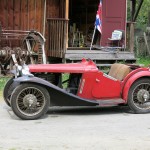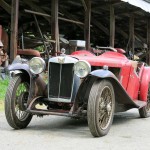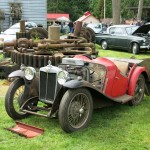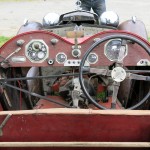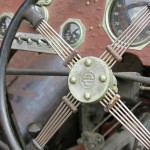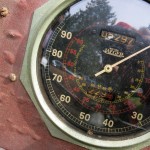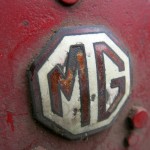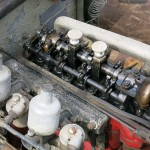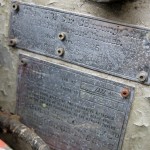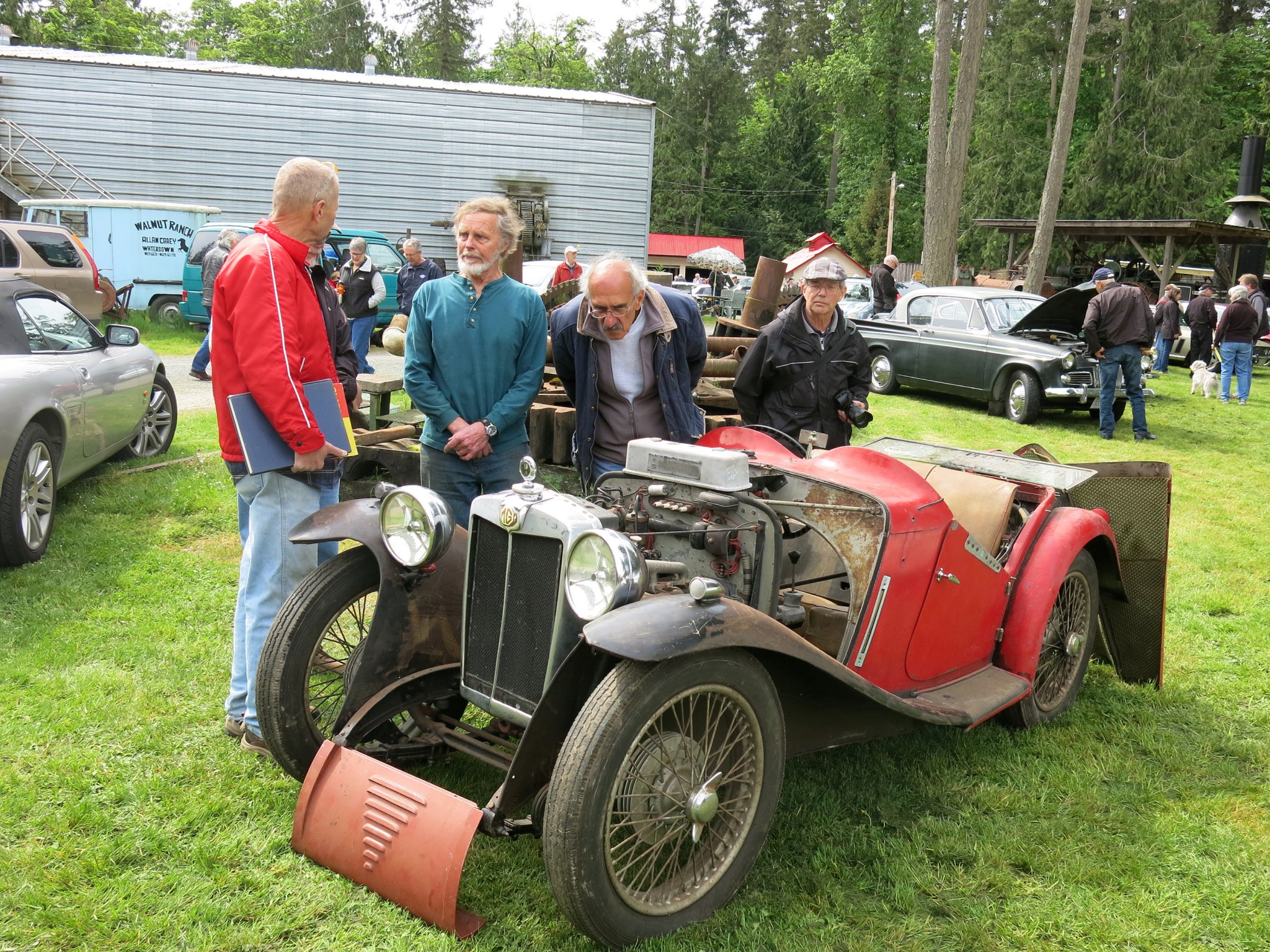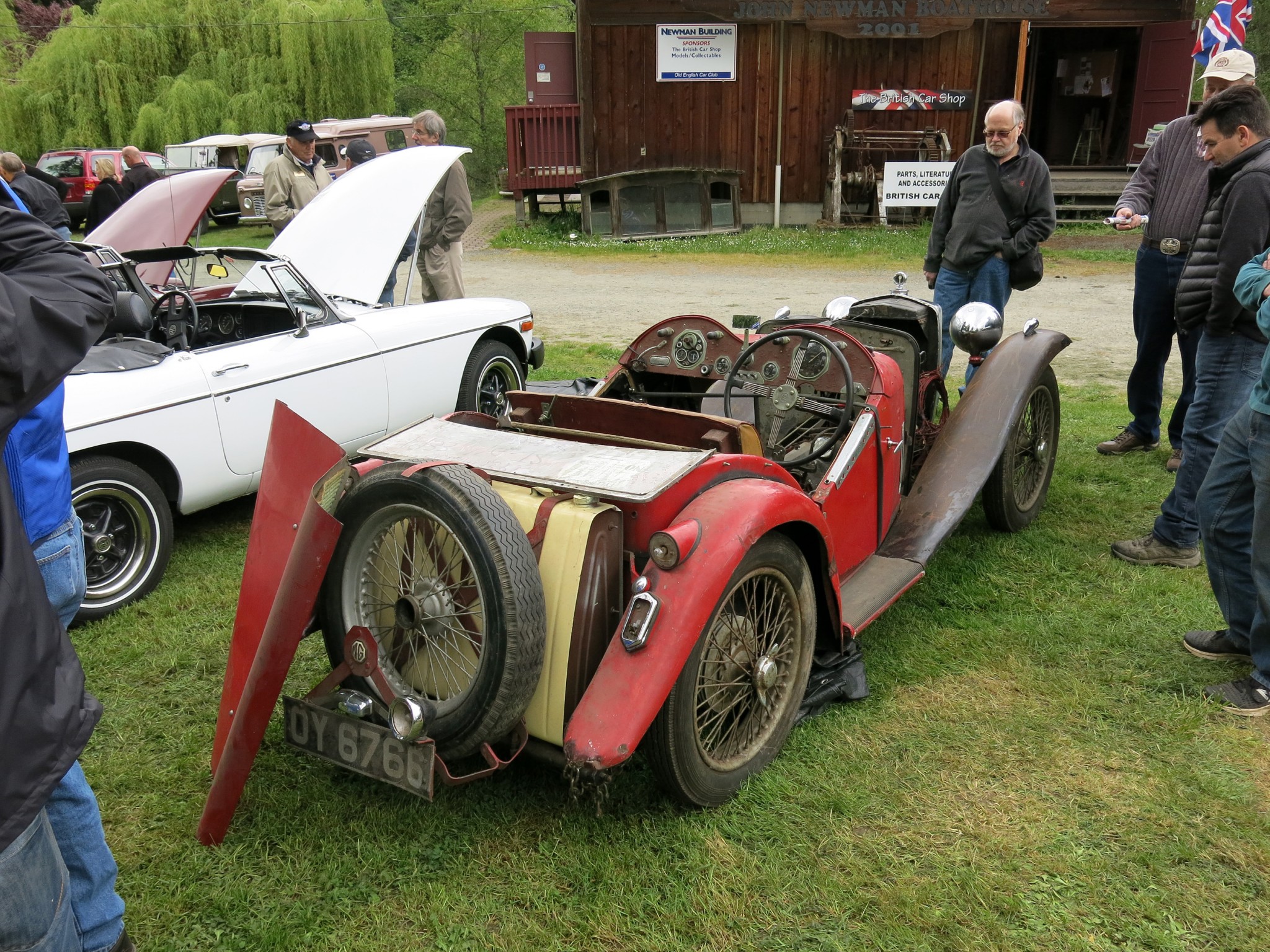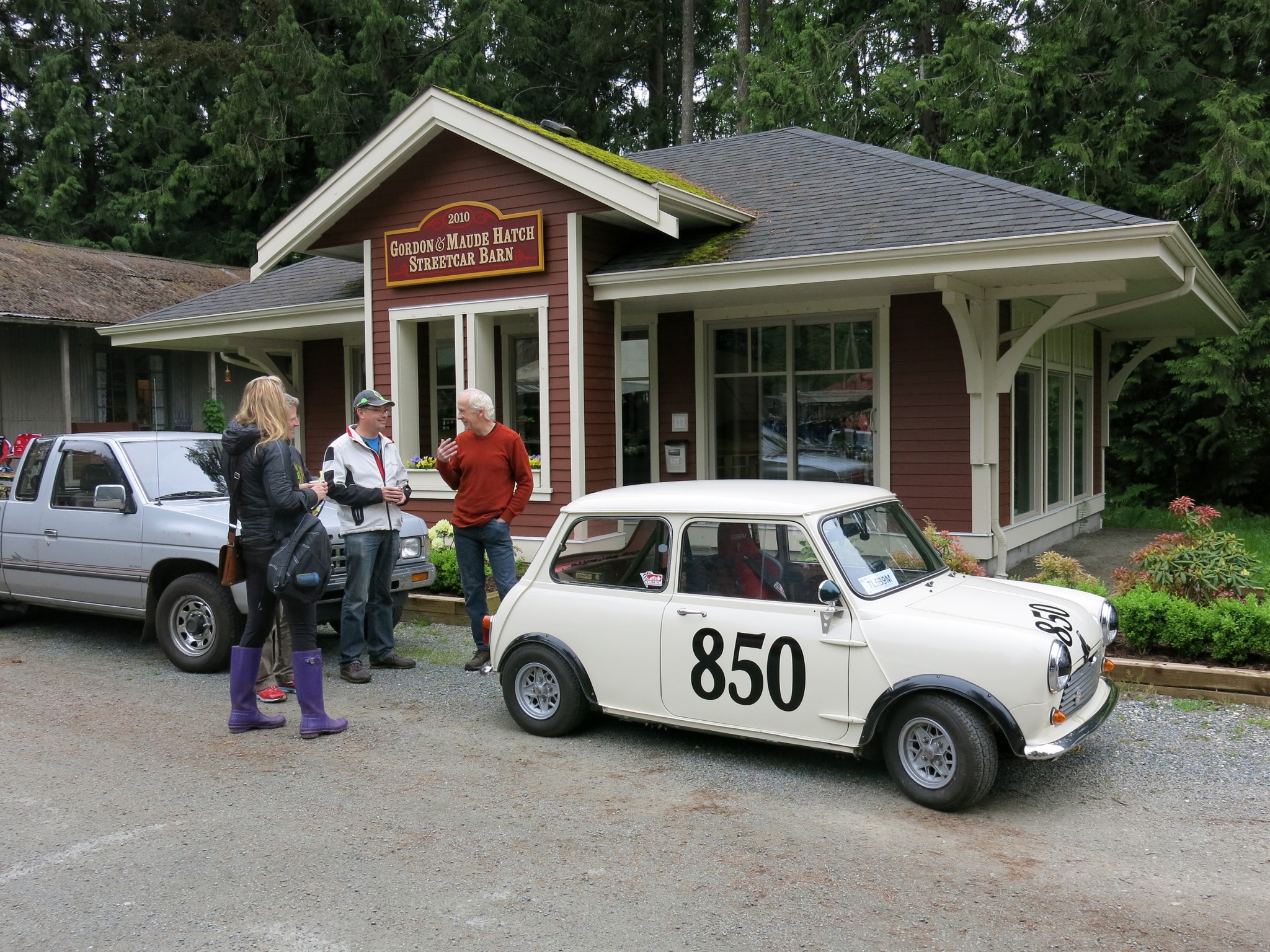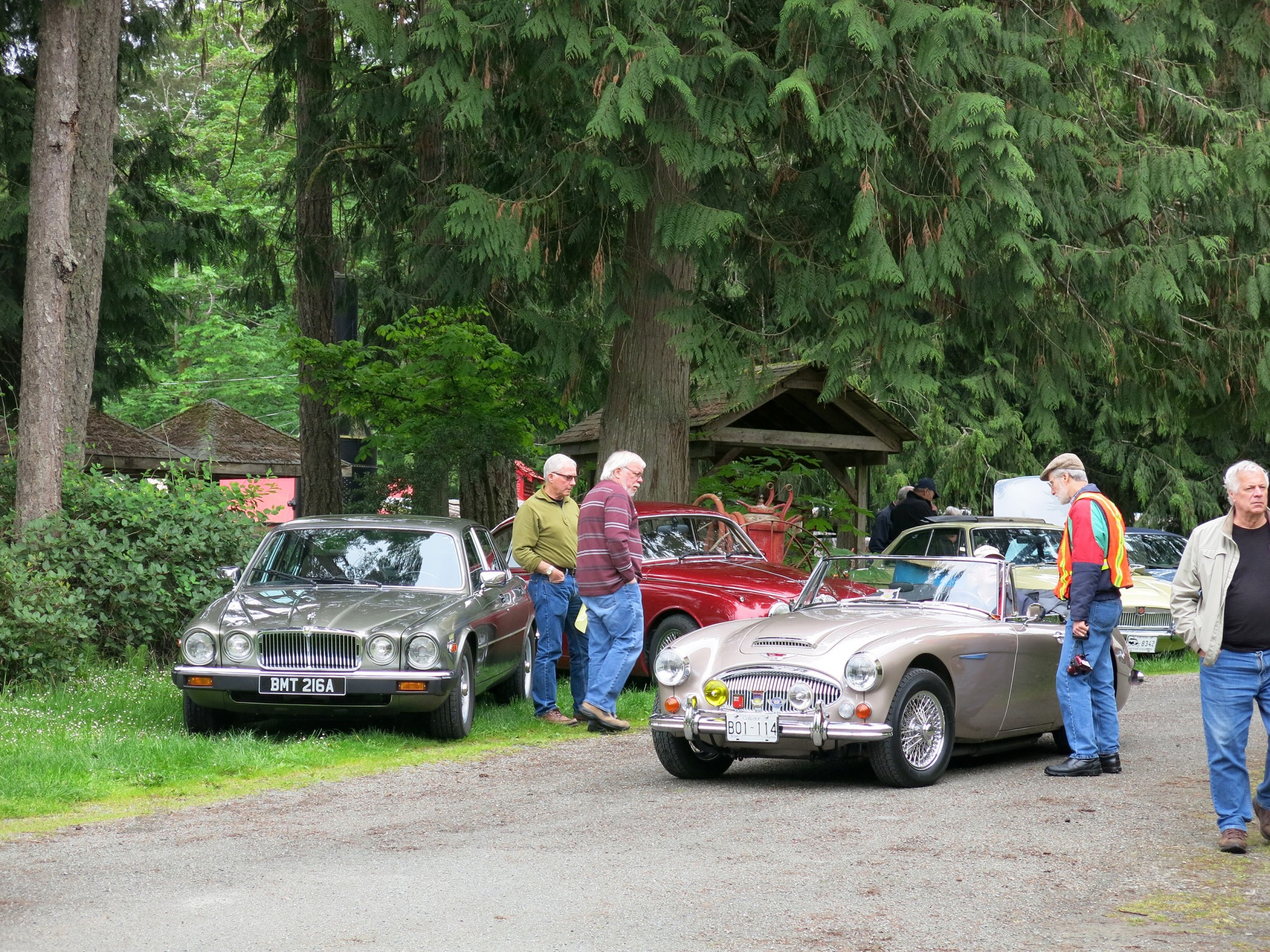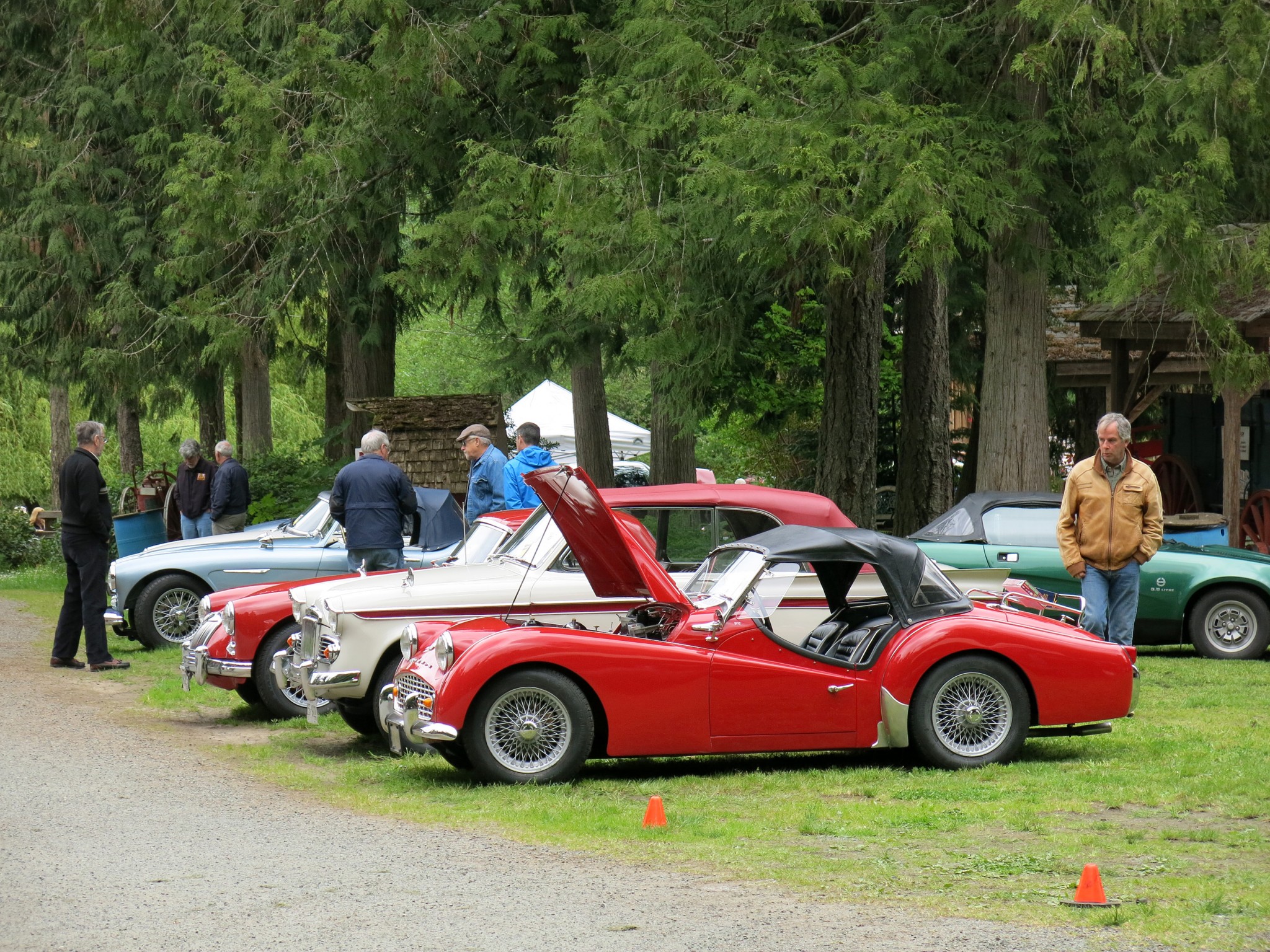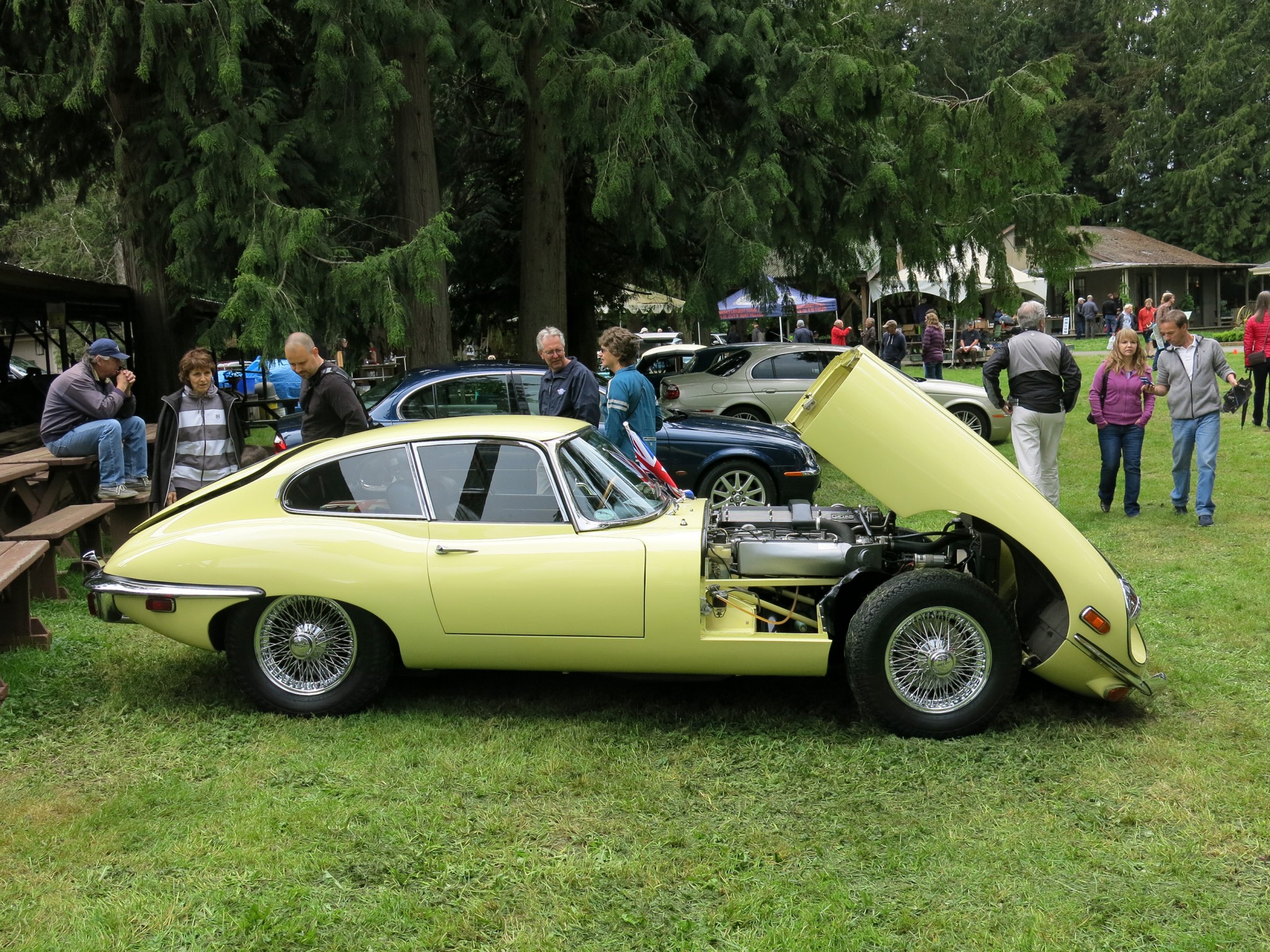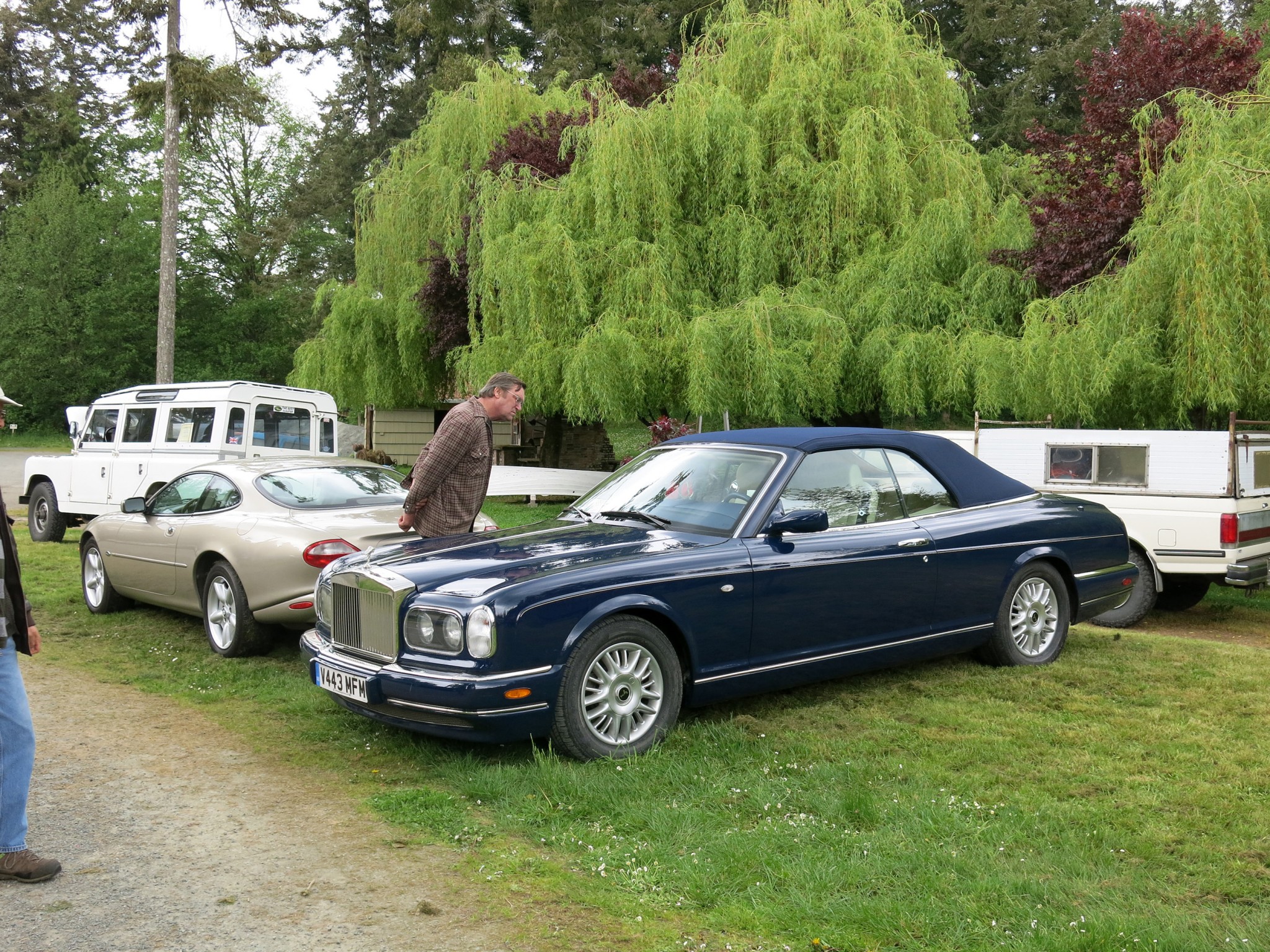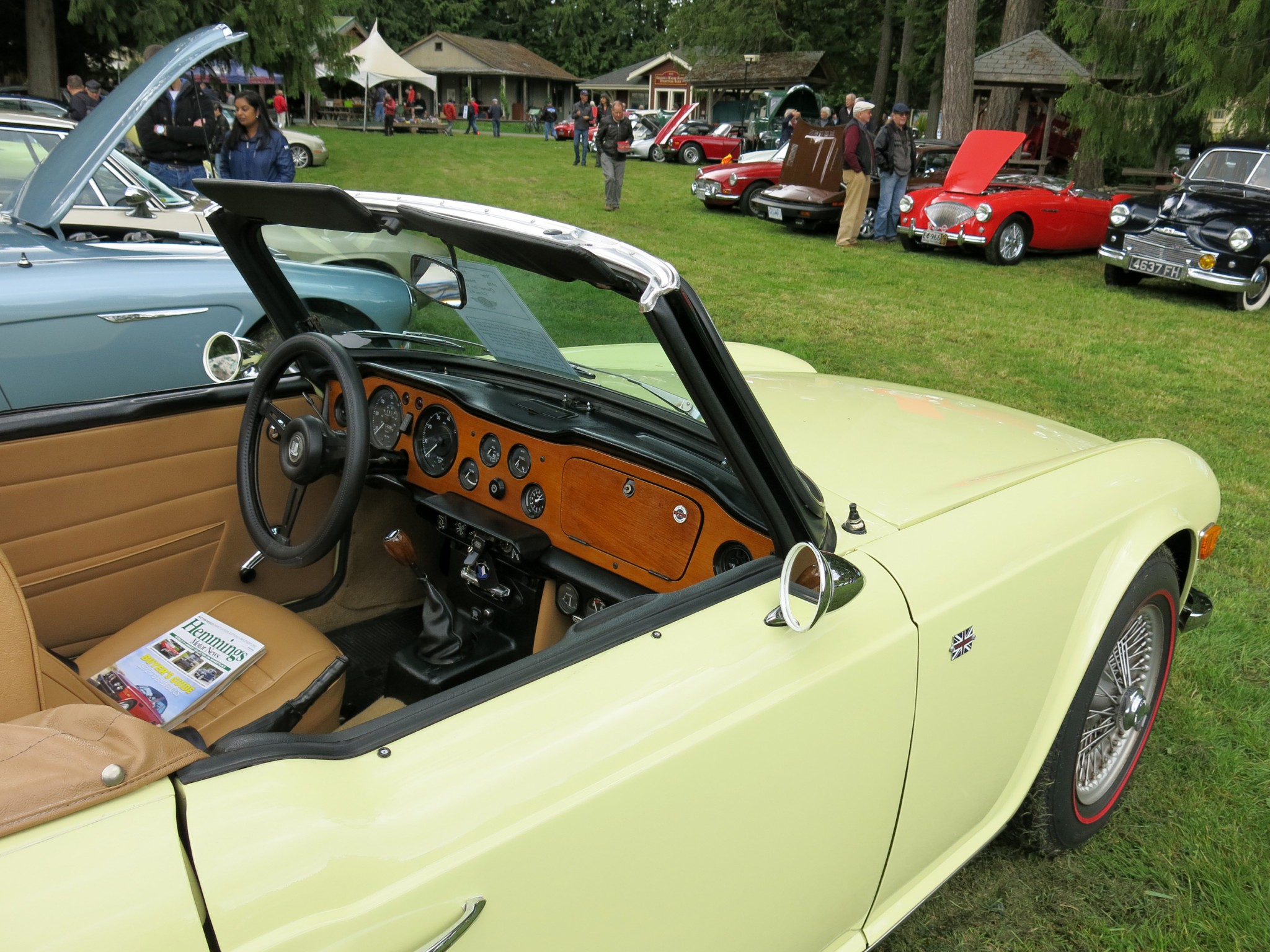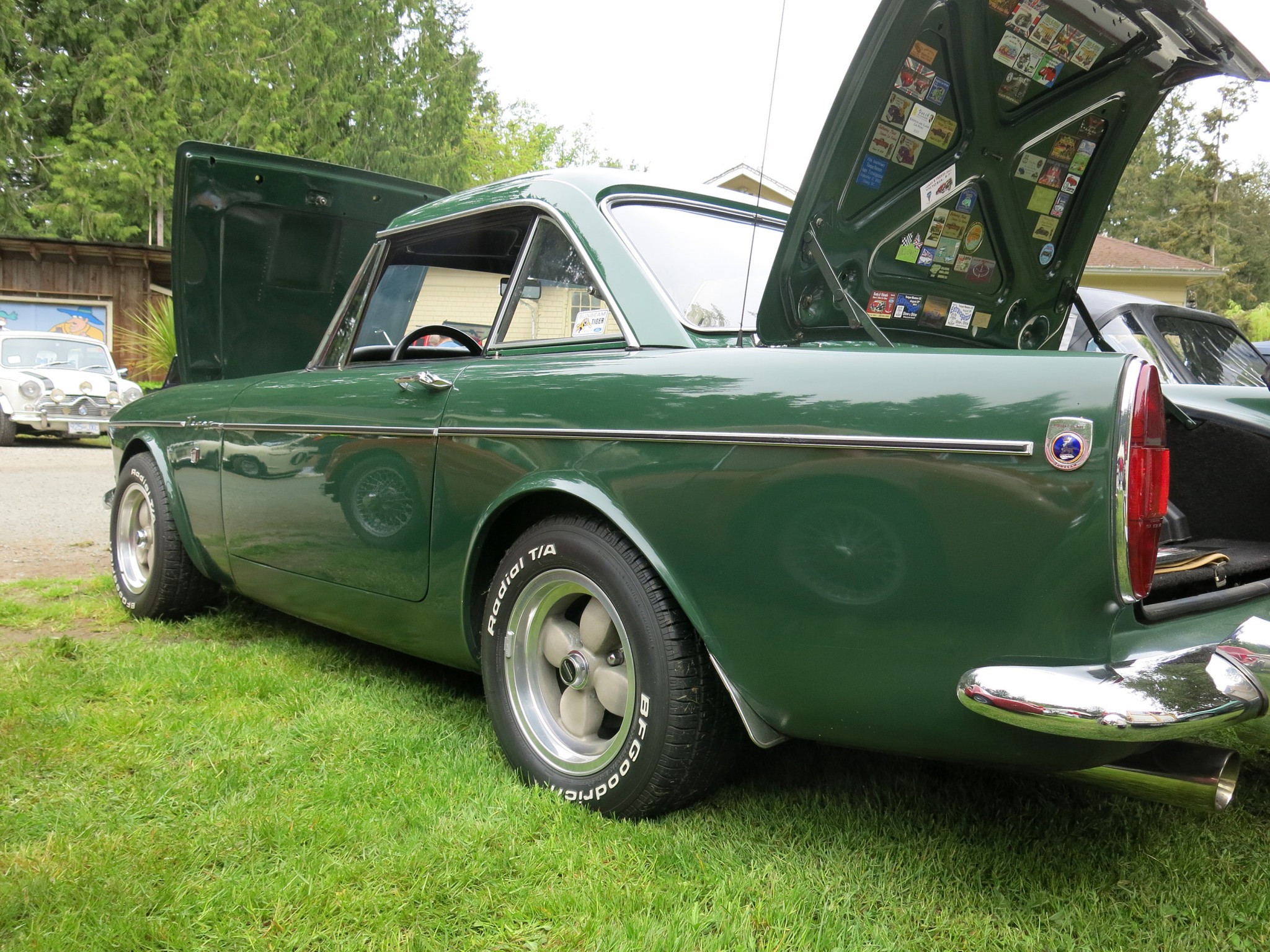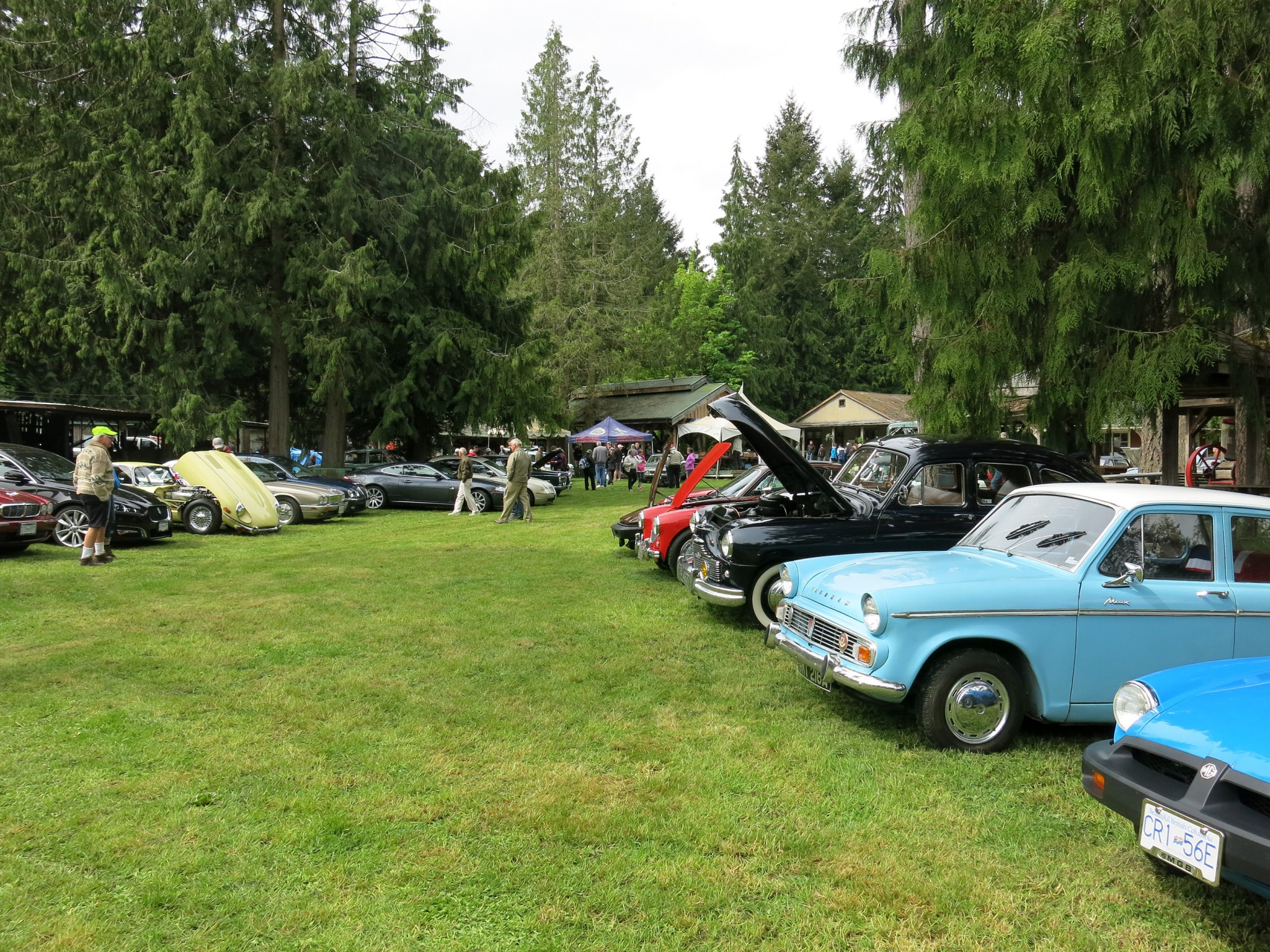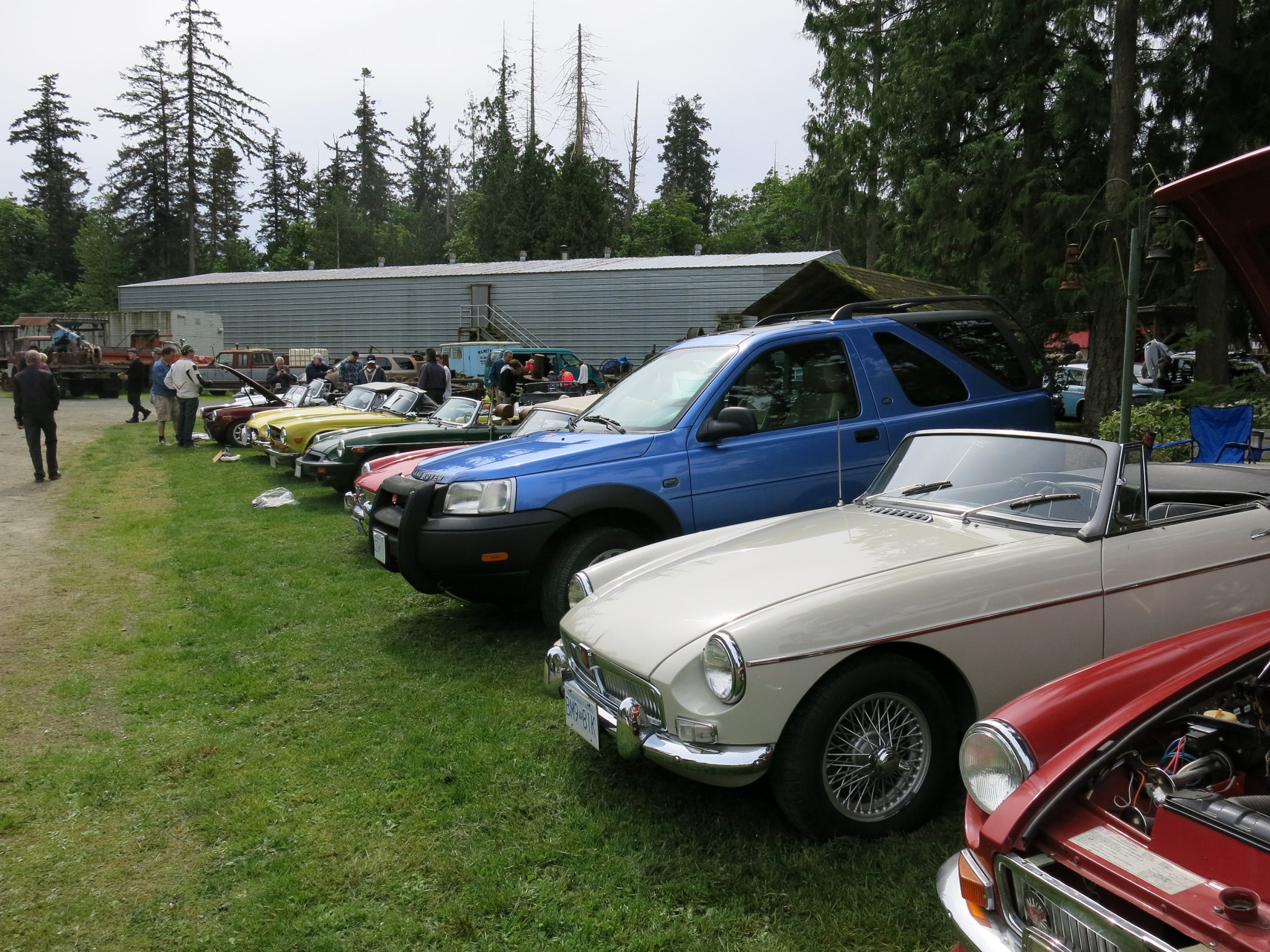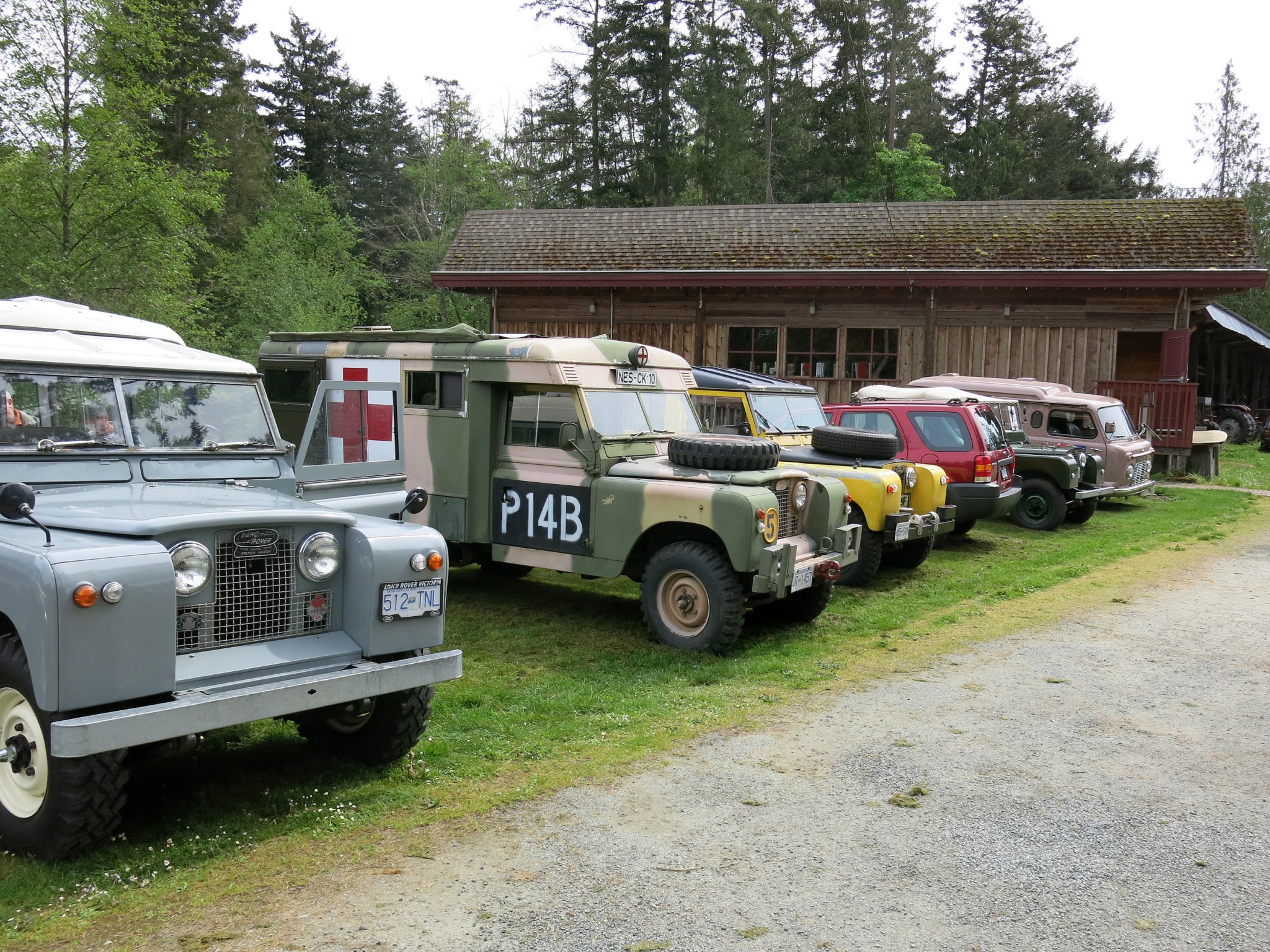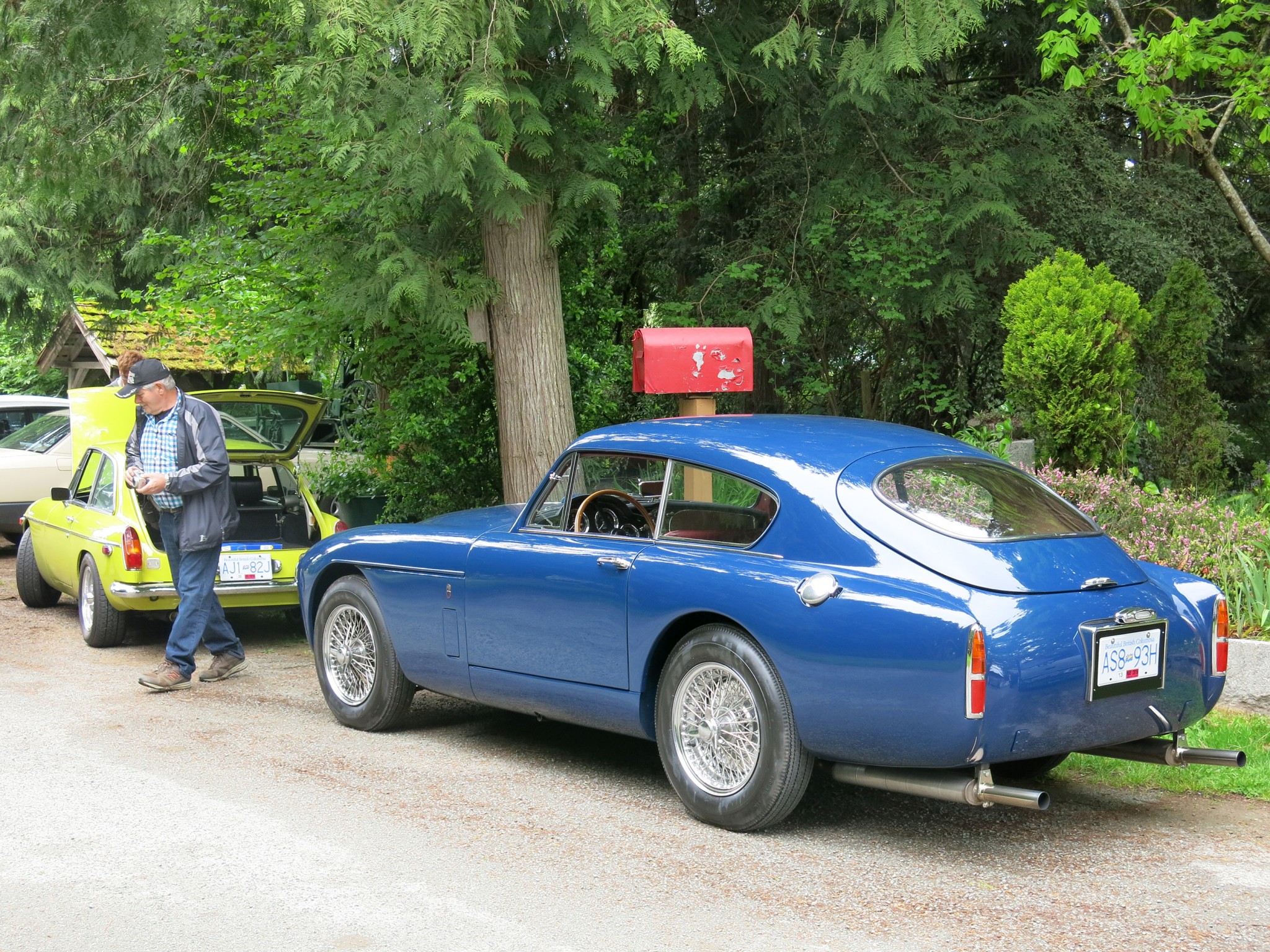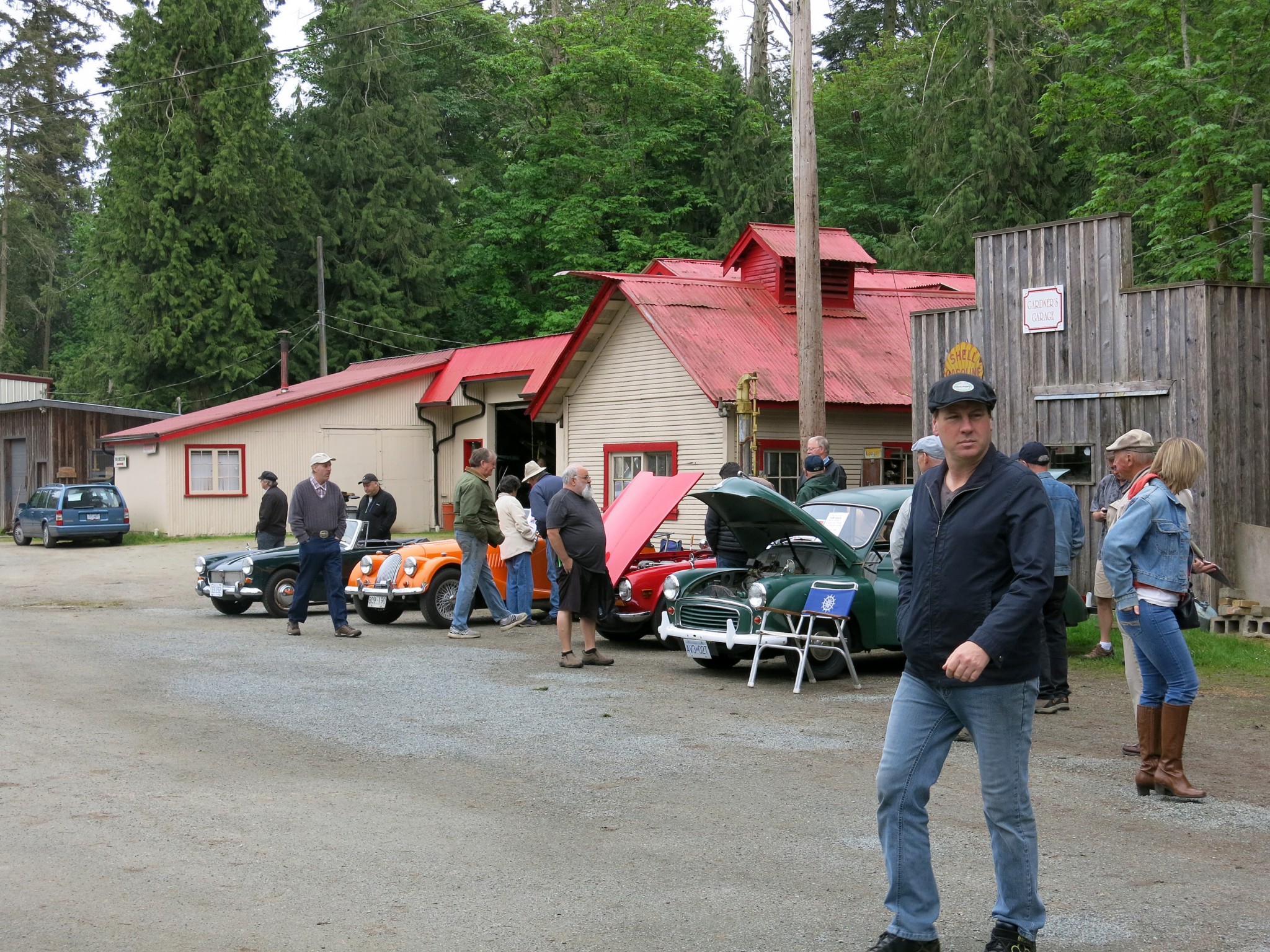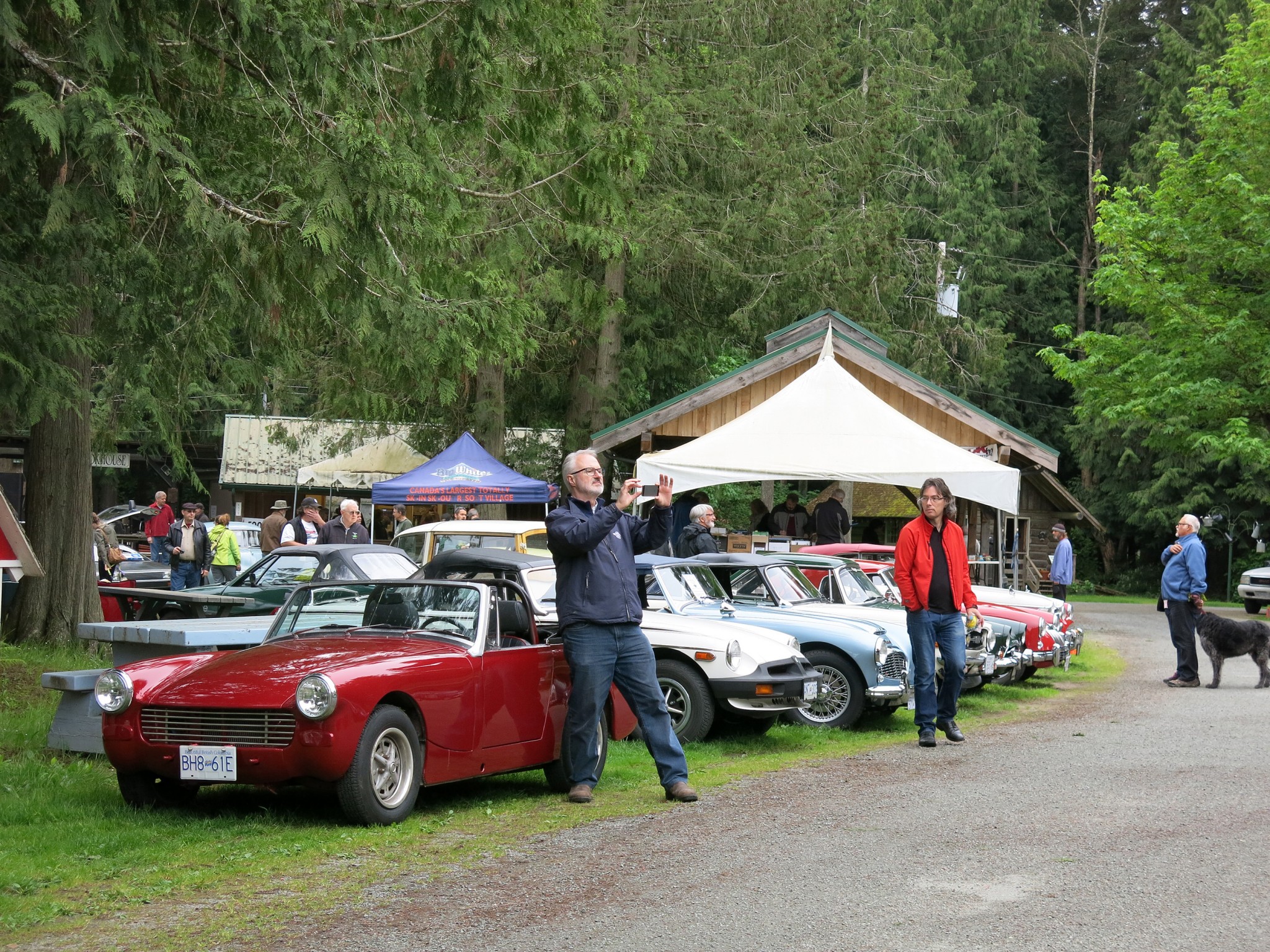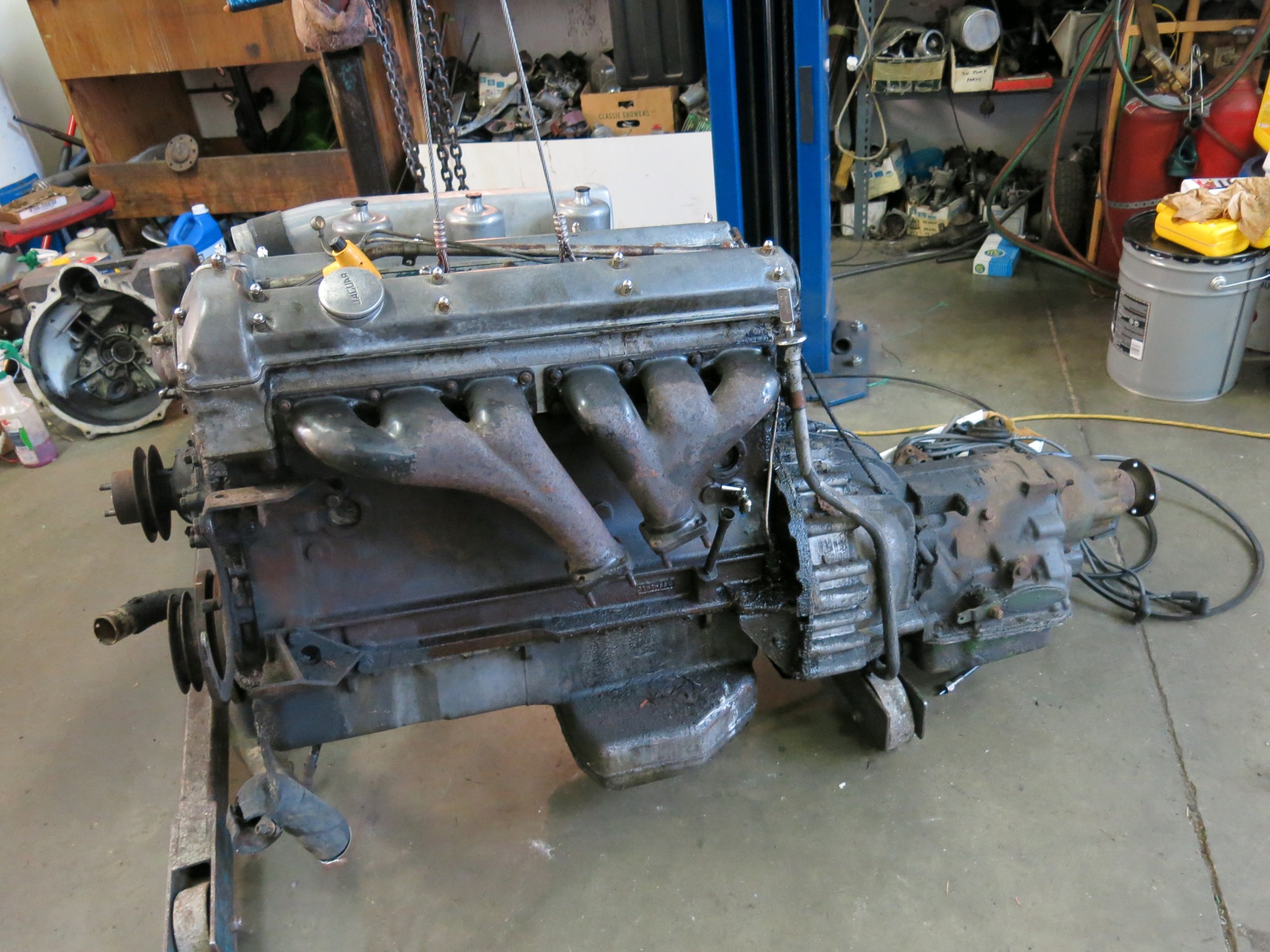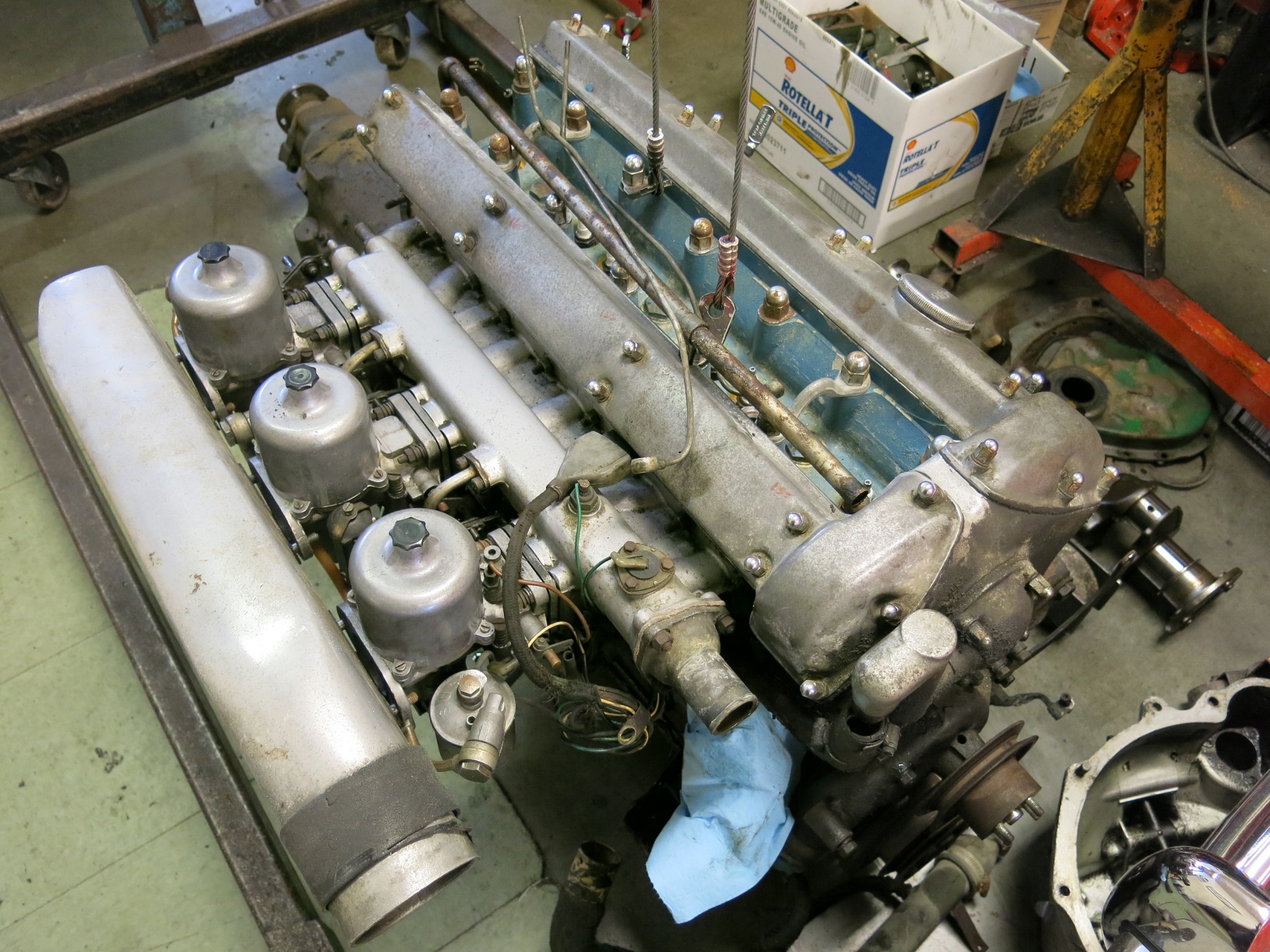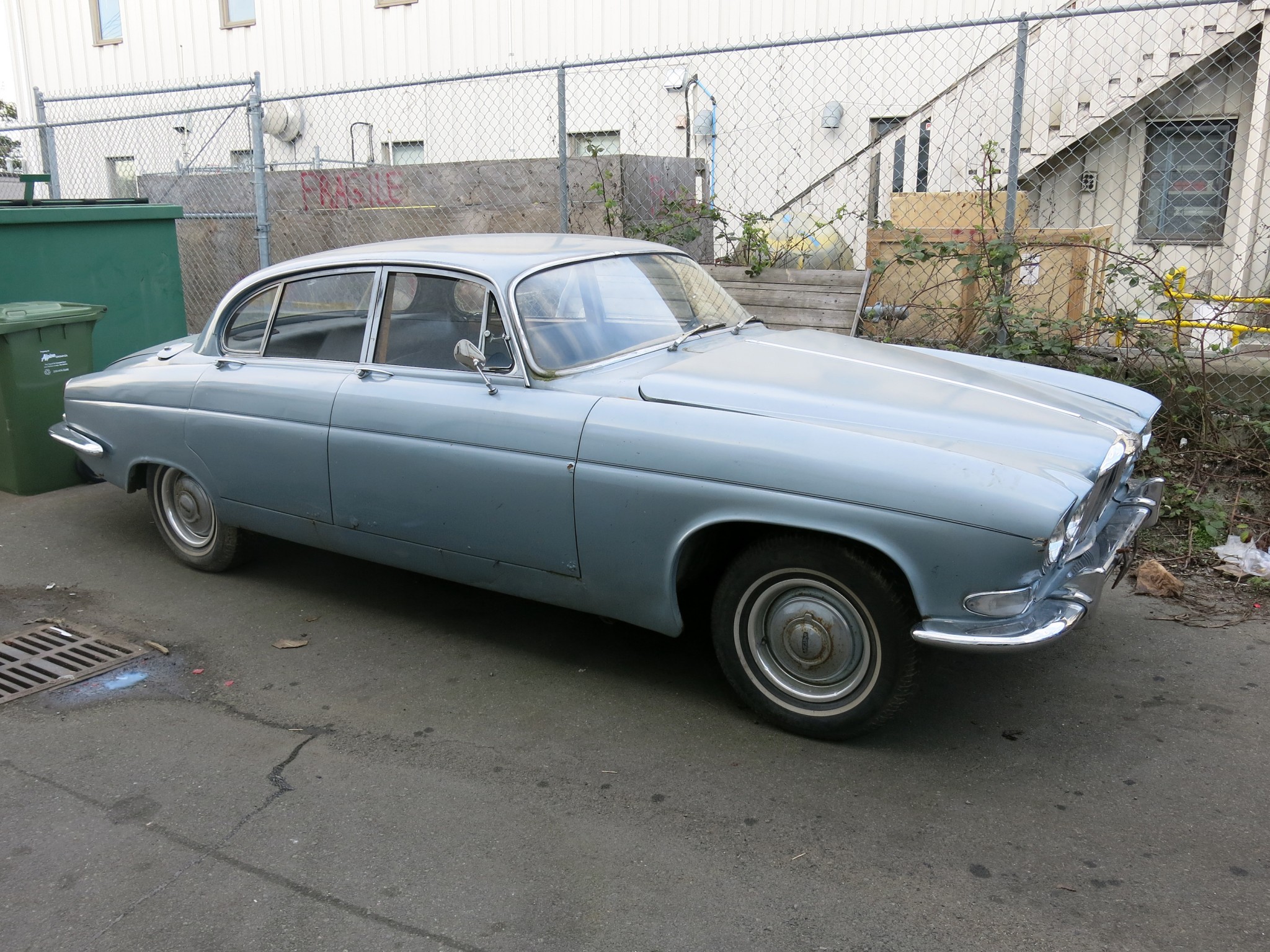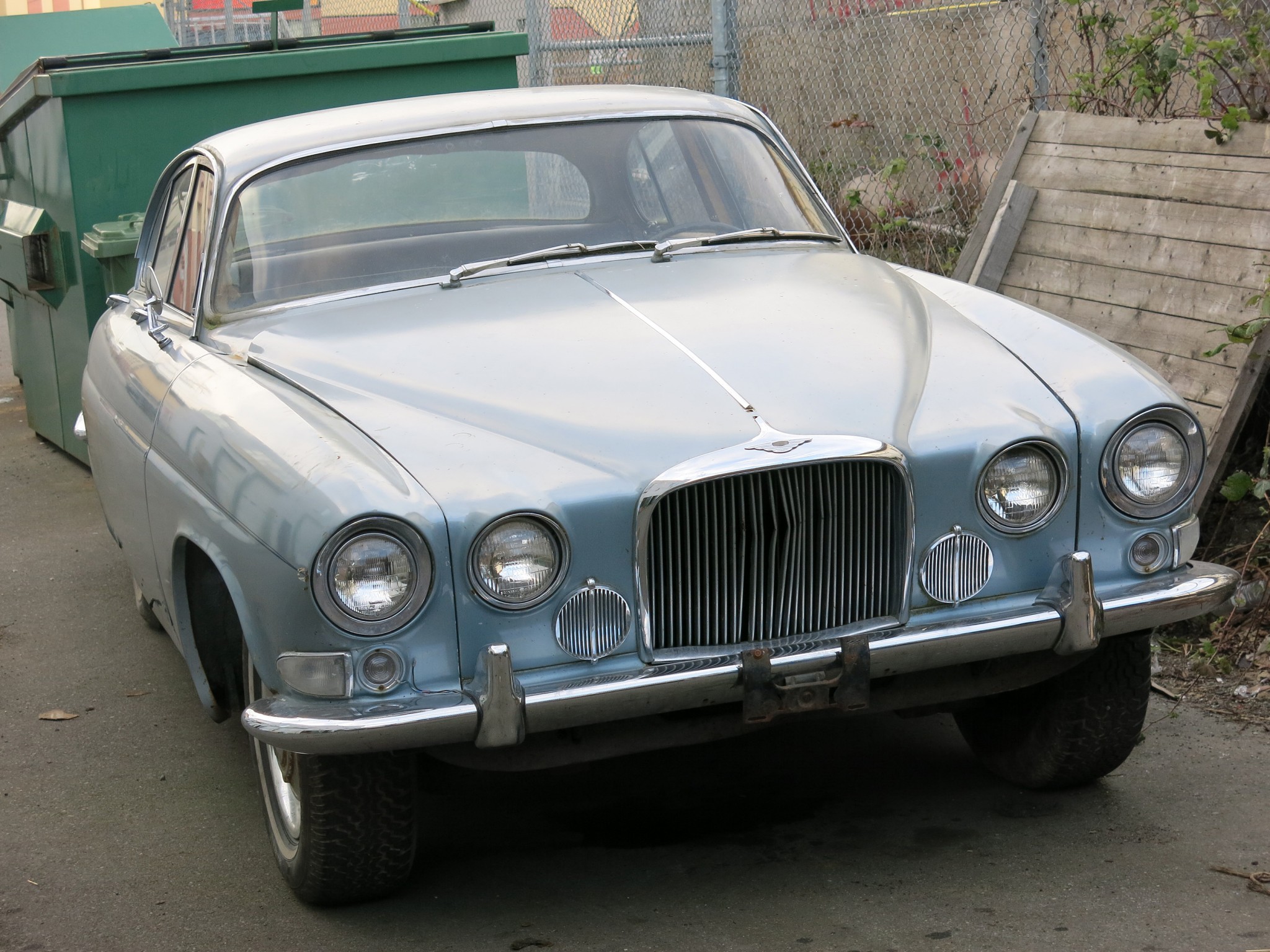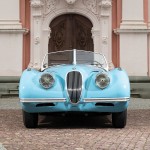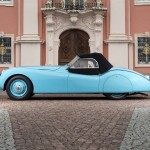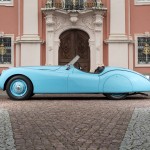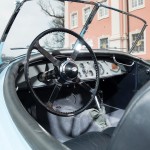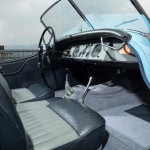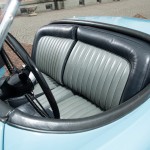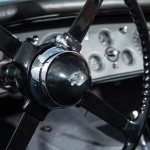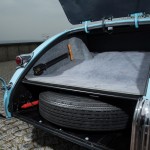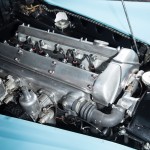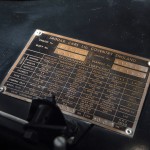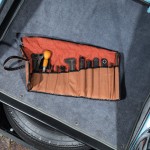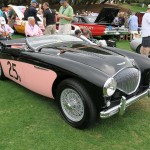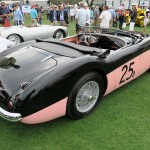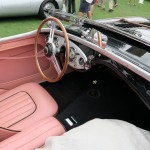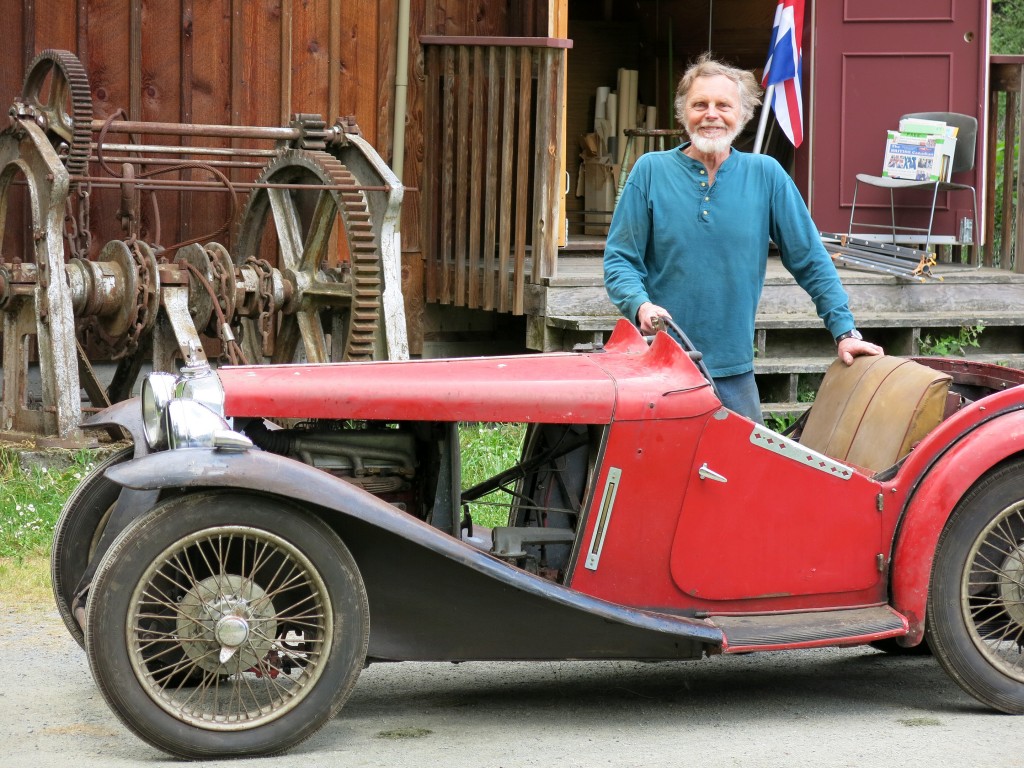
After 48 years of ownership Hugh Pite is beginning to restore his 1933 MG J2.
He bought and drove the MG in London in January of 1968 and shipped it to Canada thereafter.
What might look like a rough example, is actually a jewel.
These pre-war MGs are exceedingly rare and seldom found in such a complete state. Hugh’s car is matching numbers and sits exactly how he found in 1968.
Futhermore it uses a rare overhead camshaft, crossflow engine which that was distinct from the later T-series.
MG’s 1933 model year was the first to incorporate sweeping fenders, the same shape which defined the TA, TB, TC, TD and TF which followed.
Hugh displayed his J2 at this year’s Restoration Fair and Swap Meet by the OECC South Island Branch and plans to do a sympathetic restoration that will maintain MG’s original integrity.
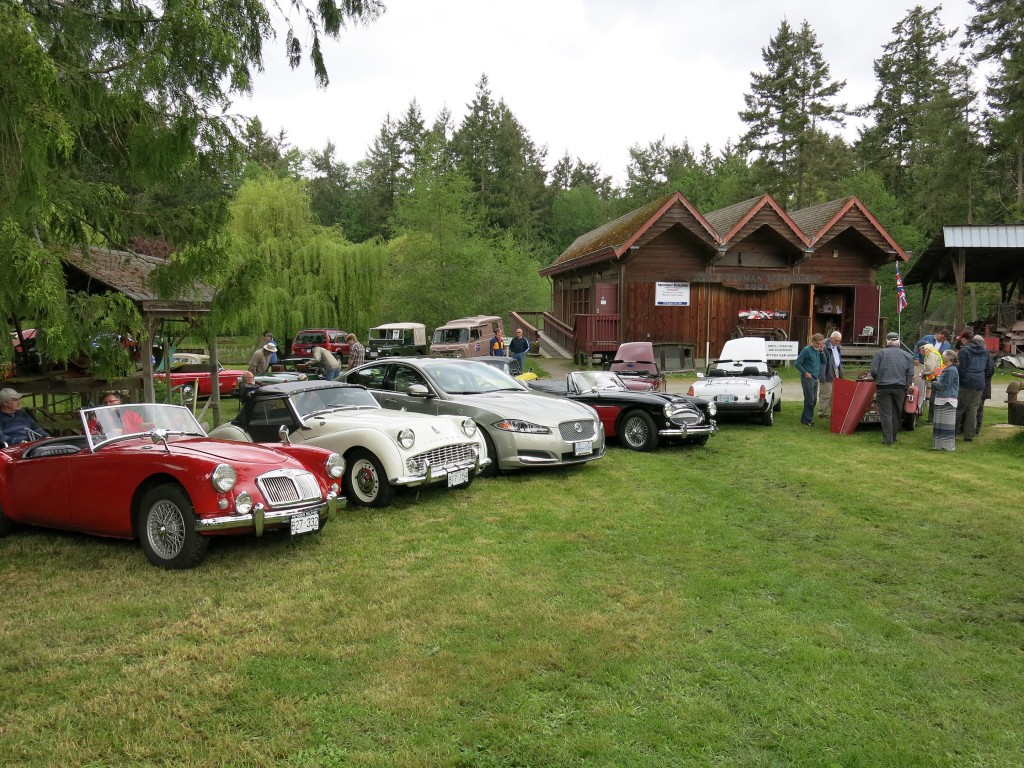
The best car show on the island is the Restoration Fair and Swap Meet by the OECC South Island Branch.
It brings out the great people in the area, their great British cars and others from afar.
One such character is Ken Finnigan came down to sell the leftovers from his racing days. He was a regular racer at Westwood and told stories of his MGA Twin-Cam that could out-do all the Healeys, but when the AC Bristol came around it was hard to beat.
For the show my dad prepared the ‘850’ mini racer and we had a beautiful Triumph TR6 in the for sale area.
Our Best of Show would have to be Hugh Pite’s 1933 MG J2 Roadster. More on that later.
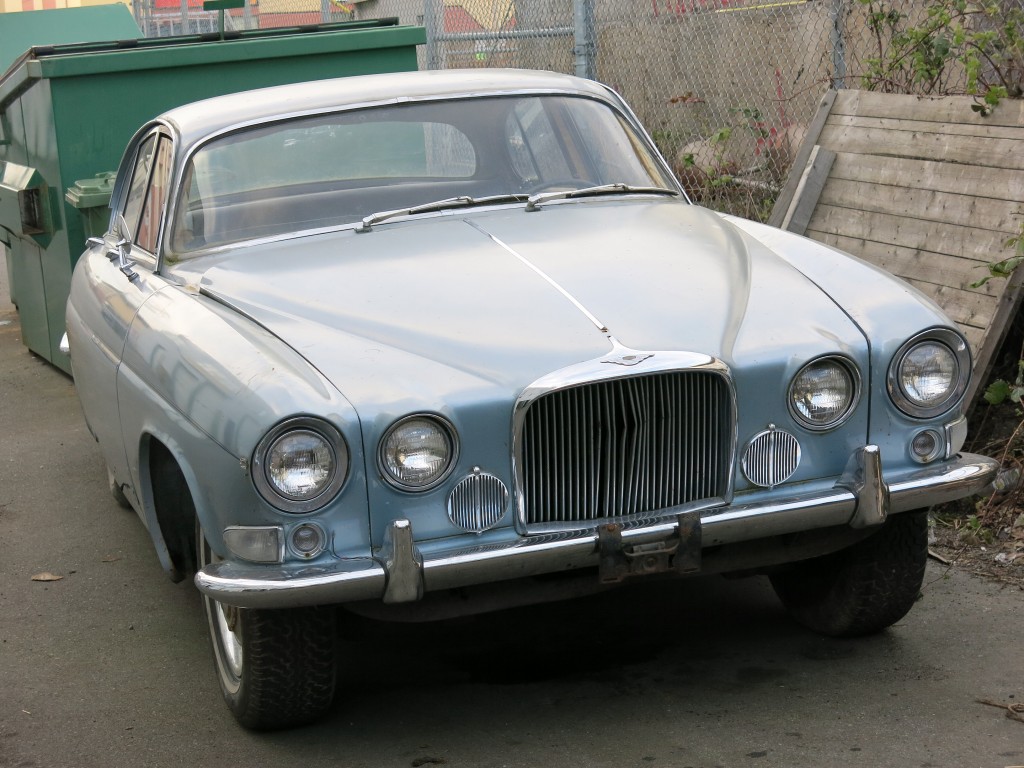
This 1966 Jaguar Mark X 4.2 will soon be scrap metal for future appliances.
That’s right. We are parting it out for a new heart in our engineless E-Type FHC. Peder Mansson is also getting the steering box for his cars in Switzerland.
But don’t fret too much because this big Jag (the biggest model they ever made) has sufferred from rot, including a leaky window seal that soaked the harness, gauges, switches and wooden dashboard for years.
The engine swap isn’t completely straight forward. The engine and cylinder head are identical units to the E-Type, but the engine mounts, water pump, exhaust headers, oil pan, oil filter housing, intake manifold and carburettor linkage are different.
With a minor rebuilt and repaint we are one step closer to getting the FHC on the road.
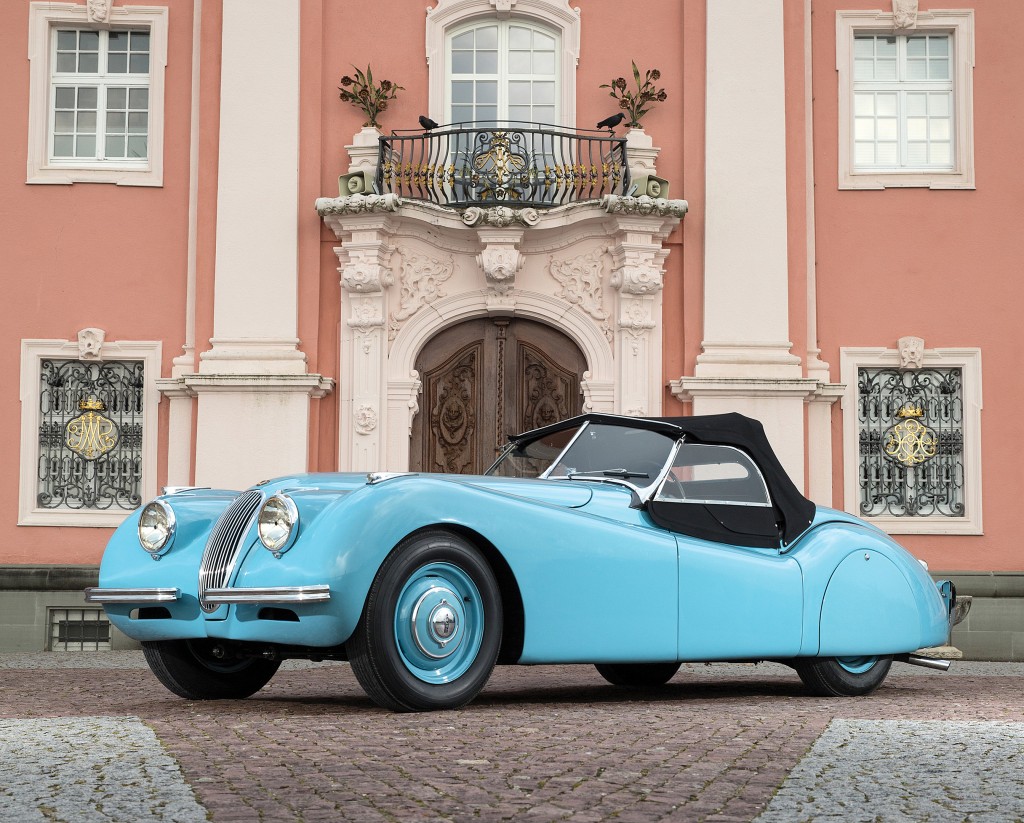
The XK120 roadster was Jaguar’s first XK-engined sports cars and the first versions are particularly coveted as they have all-aluminum bodies.
RMSotheby’s will be offering such a car at their Monaco sale on May 14th.
They describe it as:
“According to its Jaguar Daimler Heritage Trust certificate, this particular alloy-bodied example was produced on 6 February 1950, finished in Pastel Blue with a “Duo-Blue” interior and a Fawn soft top. It was destined for California and imported through Charles Hornburg’s Los Angeles-based distributorship, dispatched from the factory on 22 February 1950. The car was purchased that same year by John Edgar, a noted racer living in Los Angeles at the time. It is believed that in June of 1950, the XK 120 was driven by Bill Pollack, who often drove cars entered by Edgar, in the Santa Ana Road Race, and it may have competed in other events around the same time in California.
Unfortunately, the car’s early history remains unknown, at least until it was purchased by the late Jaguar collector Walter Hill. Hill purchased the car from George Boyd in 1976 (along with a C-Type and D-Type) and proceeded to keep the car in his ownership for the next 33 years. Looking to make it one of the finest examples at the time, Hill had the car fully restored to its original specifications in the early 1990s. Following the completion, he showed the car at Jaguar Club of America concours events, and it was consistently rewarded with scores of over 99 points—even attaining a score of 99.98 in June of 2005. The car remained well preserved and maintained until his passing. The XK 120 was then purchased by the renowned enthusiast Arturo Keller, who kept the car until 2013, when it was acquired by the current German collector.
Despite the car’s older restoration, it still presents very well today in its original and eye-catching shade of Pastel Blue. Eligible for a variety of historic events and considered by many to be one of the finest Jaguars ever built, owning an XK 120 is a goal of many enthusiasts. Sitting firmly at the top of the pecking order, the early aluminium-bodied XK 120s are undoubtedly the most desirable iteration of the model and as such, an opportunity to purchase a well-restored and regularly maintained example should not be overlooked. “
Images by the talented Tom Gidden ©2016 Courtesy of RM Sotheby’s.
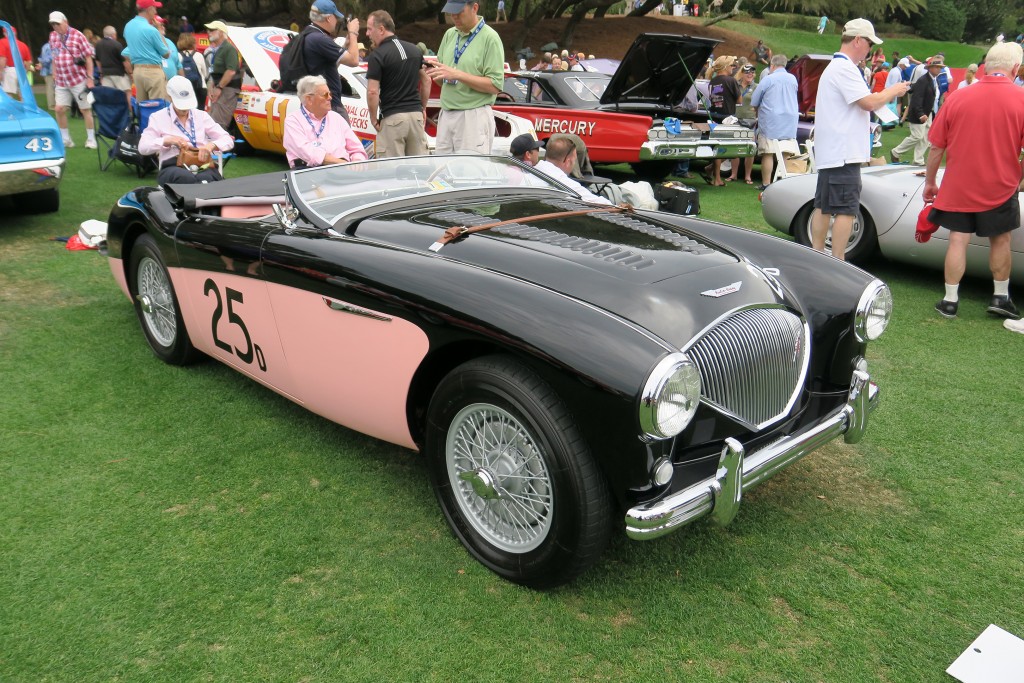
At the 2016 Amelia Island Concours d’Elegace Martin and Dottie Stickley displayed their 100 showcar complete with pink paint and interior.
They described the car as:
This car was selected by Donald Healey to introduce the new 100M model to the public at the Earl’s Court Motor Show in London in October of 1955.
To attract attention it was painted black with pink coves and pink interior.
This being the only Austin Healey to ever be completed by the factory in these colors.
It was raced by Donald Healey and Roy Jackson-Moore in Nassau, Bahamas in December of 1955 and by Jackson-Moore at Santa Barbara and Palm Springs, California in 1956.
As an old race car, it was lost for 20 years, when Alan Alfano purchased it, installed a correct 100m motor and proceeded to restore it.
It was not until 1985 that the British Motor Inudustry Heritage Trust informed him it was the Earl’s Court 100m show car.
He completed his restored in 1991. The current owner aquired the car in 2013.


